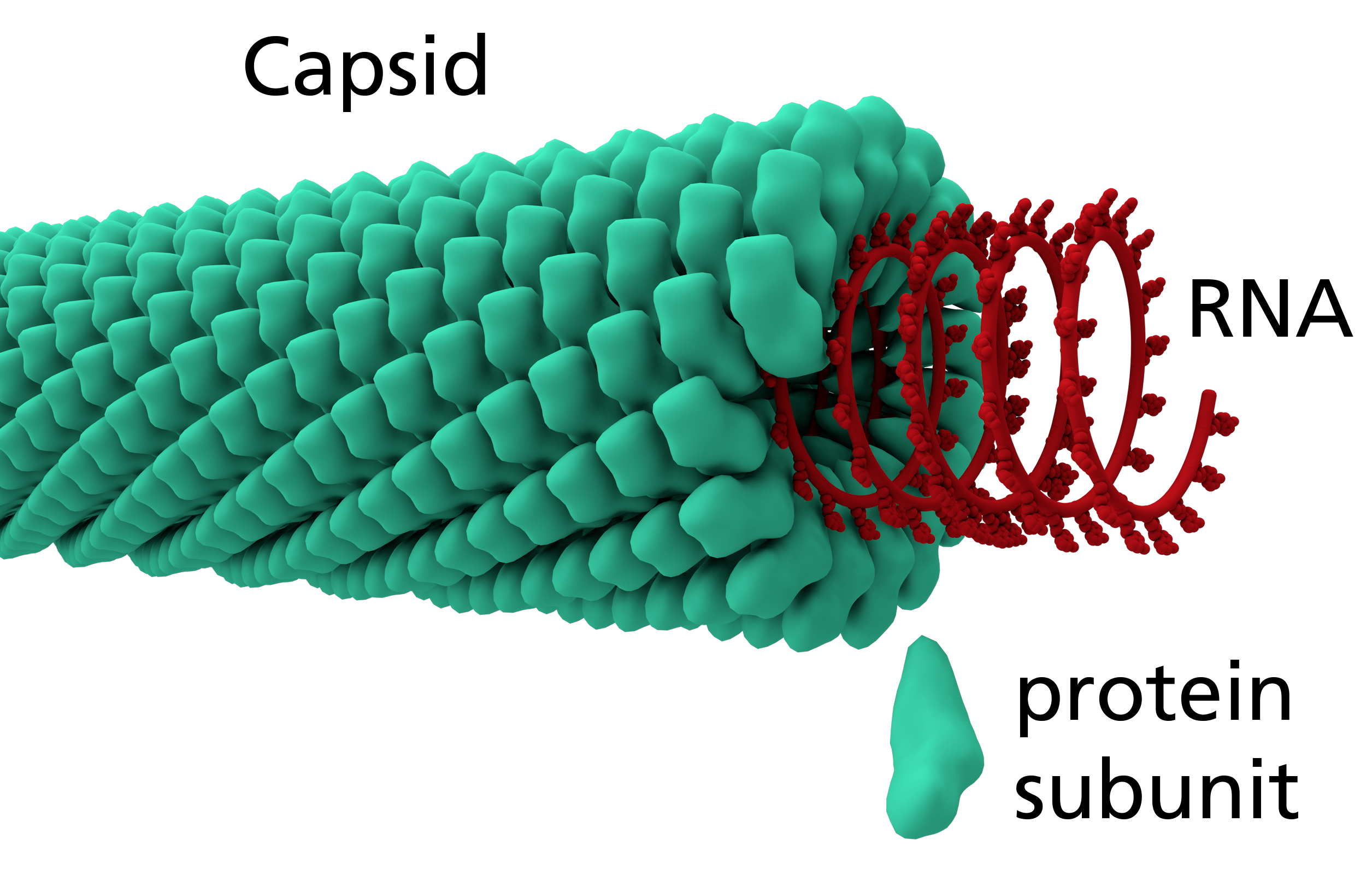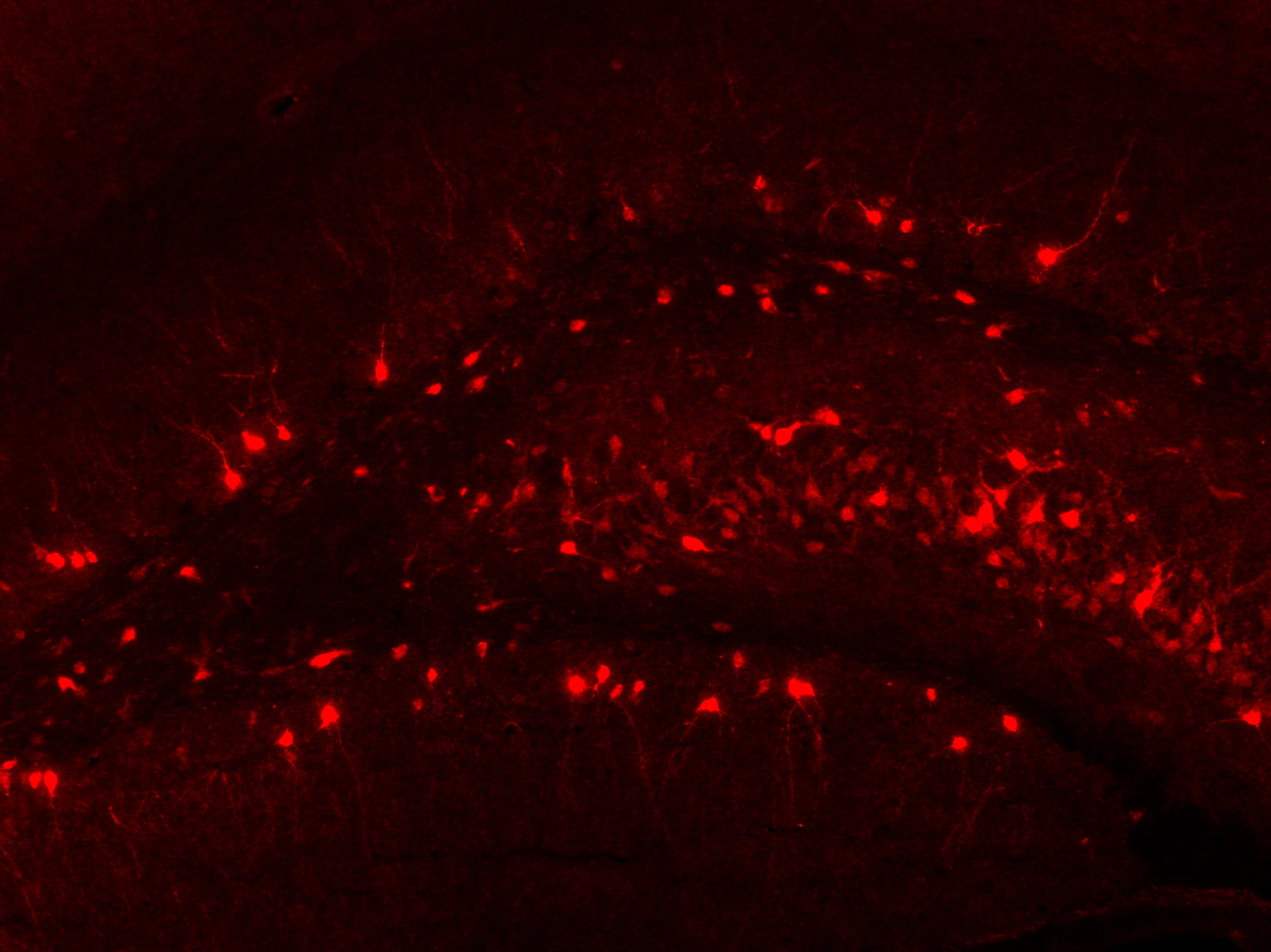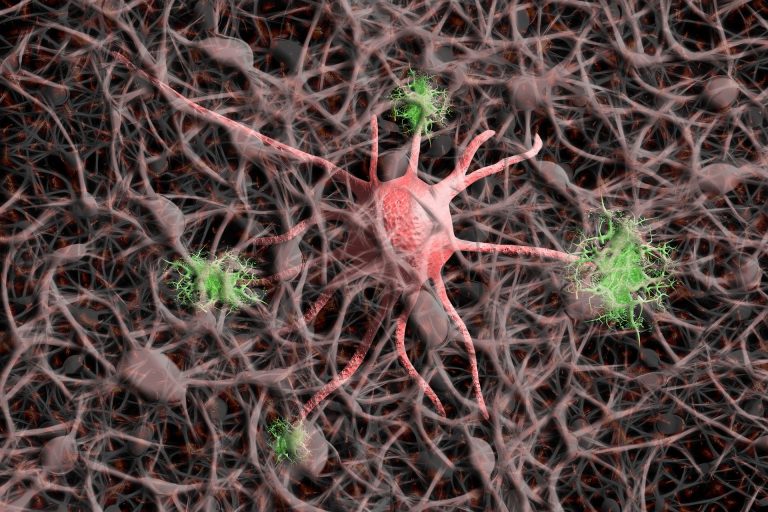What is the Arc gene? Our knowledge of the human brain is largely based on our understanding of neurons. After years of research, we have come to understand that our brain cells communicate with each other using chemical signals called neurotransmitters, which are passed, as messengers, between neurons through a gap called the “synaptic cleft.”
While this understanding has influenced the way we study the brain, as well as the way we design medicine targeting this vital organ; scientists have recently discovered a new form of communication between neurons that was previously unknown — activity-regulated cytoskeleton-associated protein (ARC protein). This plasticity protein, encoded by the Arc gene, appears to affect how our brains store memories.
Arc genes help us remember
Like many genes, the Arc gene encodes a strand of mRNA that carries protein information from the cell nucleus to the cytoplasm to encode a protein. Once this protein is created, it comes together with the mRNA to form the neuron’s dendrites — the branches that connect one cell to the next.
Yet the role of this protein in memory consolidation goes beyond building up dendrites. The Arc protein has been found to induce plastic changes in neurons, modifying the shape and structure of the cell to enable it to retain more information.
Arc proteins behave like a virus
In a 2018 study published in the journal Cell, researchers from the University of Utah found that Arc proteins behave like a virus, being the first non-viral protein that acts in this way.
When studying the way some engineered bacteria were synthesizing Arc proteins from a rat gene, these scientists observed the formation of capsid-like structures — similar to those used by viruses to protect their genetic information — in which Arc was encapsulating its own RNA.

Success
You are now signed up for our newsletter
Success
Check your email to complete sign up
Thrilled with their discovery, the researchers experimented with placing Arc capsides into a culture of mouse brain cells, and found that these structures transferred their mRNA to the mouse neurons in the same way that a viral infection would.
Given their ability to shuttle mRNA from neuron to neuron — by crossing synapses—Arc capsids became the focus of attention as information carriers, a role previously thought to be exclusive to neurotransmitters. “We went into this line of research knowing that Arc was special in many ways, but when we discovered that Arc was able to mediate cell-to-cell transport of RNA, we were floored,” said Elissa Pastuzyn, Ph.D., postdoctoral fellow and lead author of the study.
Arc protein’s role in memory and learning
In a 2020 study, researchers designed an experiment to determine the role of the Arc protein in the process of learning and remembering. For this end, they studied 42 male rats, half of which were administered a compound that inhibited Arc protein synthesis, while the other half received a control dose that did not affect Arc.
Right after the brain treatment, the researchers trained the rats to find a hidden platform in a water-filled tank, observing that all of them succeeded regardless of whether they had arc proteins. When tested on their ability to find the platform 48 hours later, the rats that had received the arc-inhibiting dose performed poorly compared to the control group, suggesting that their ability to form memories of the practice had been affected.

The potential of Arc gene studies
After the groundbreaking findings that have taken place in the last decades, scientists have been pondering the role Arc genes play in brain-related diseases and the functioning of the body in general.
A key population that has been studied for this purpose is patients with Alzheimer’s disease (AD) — the most common form of dementia — who showed abnormal levels of the arc protein. While some research suggests that the Arc gene may increase the susceptibility to develop AD, other studies linked a variation of human Arc with a reduced risk of developing AD. Further investigation is required in this area to better understand Arc’s role in this brain disease.
Likewise, studies have shown that the Arc gene may be one of the primary players in the molecular alterations characteristic of schizophrenia. While its influence is still scattered and unrecognized, accumulating data reveals that the structural alterations induced by this protein are closely related to the alterations in the genetic architecture of psychiatric disorders. The authors of the study believe that understanding the role of Arc in brain development could provide valuable tools to better address abnormalities in cognitive and social processes.
Arc genes are not exclusive to the human brain. A team of scientists from the University of Massachusetts found Arc capsides being resealed by motor neurons in fruit flies. In this case, the capsids were not received by another neuron but by a muscle cell, implying that Arc is not only involved in the connection between neurons, but also in that of other structures.

The presence of Arc genes in other species, their virus-like mechanisms and their role in brain conditions have surprised many scientists. Jason Shepherd, Ph.D., assistant professor at the University of Utah said, “This research highlights the fact that we often don’t know where the cool discoveries are going to come from,” referring to the 2020 study mentioned above.
Future research promises to develop a new way to understand the human brain while unveiling more information surrounding the fascinating mysteries of nature and life.
READ ALSO:















